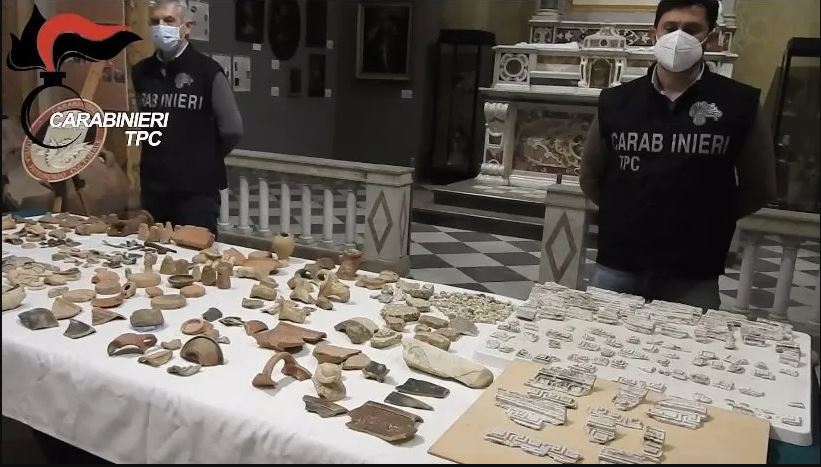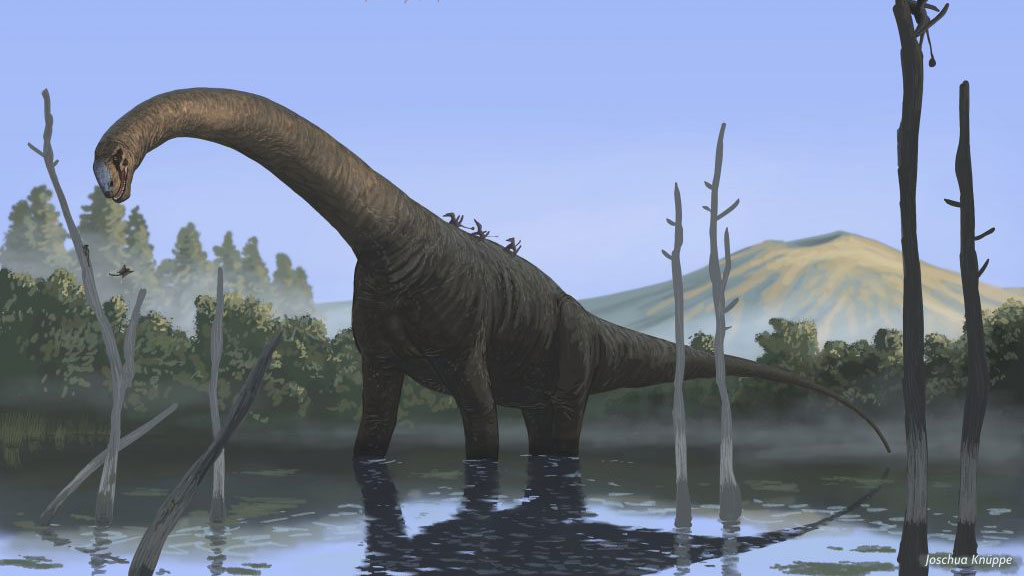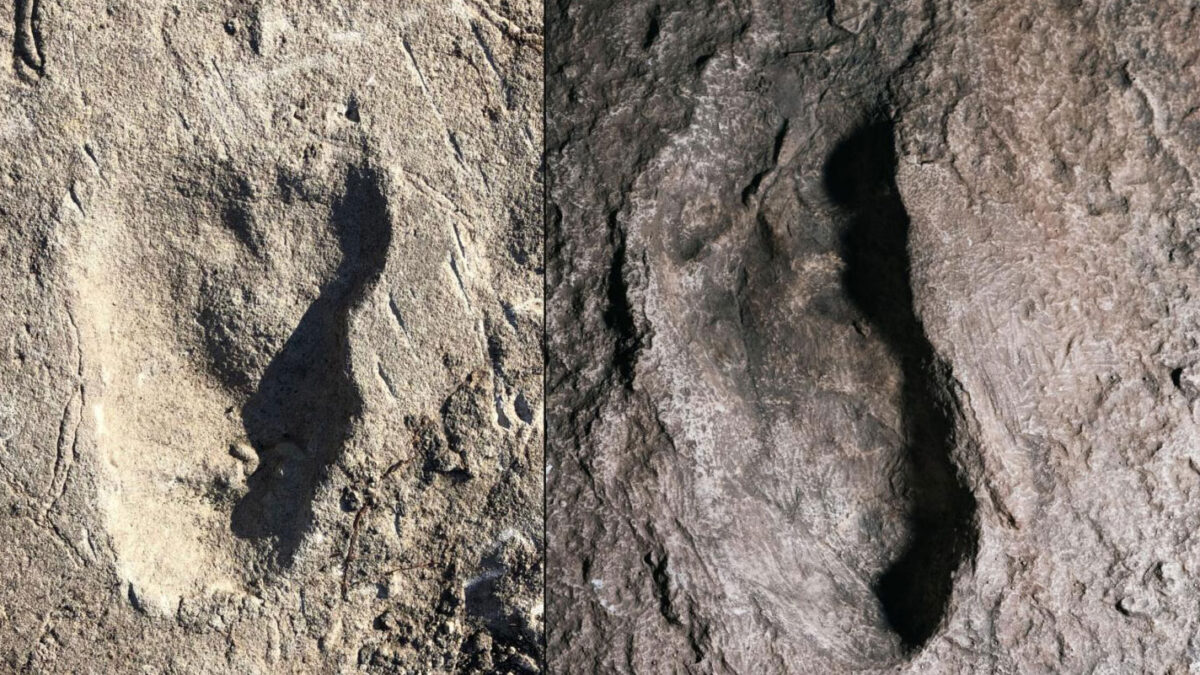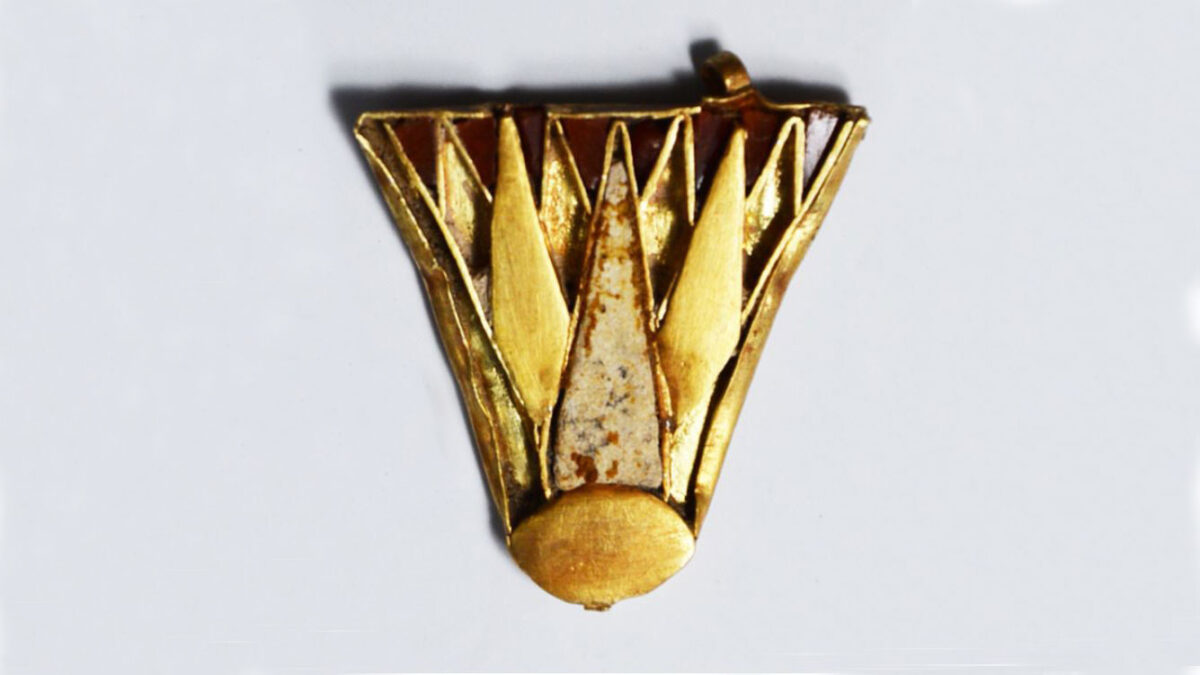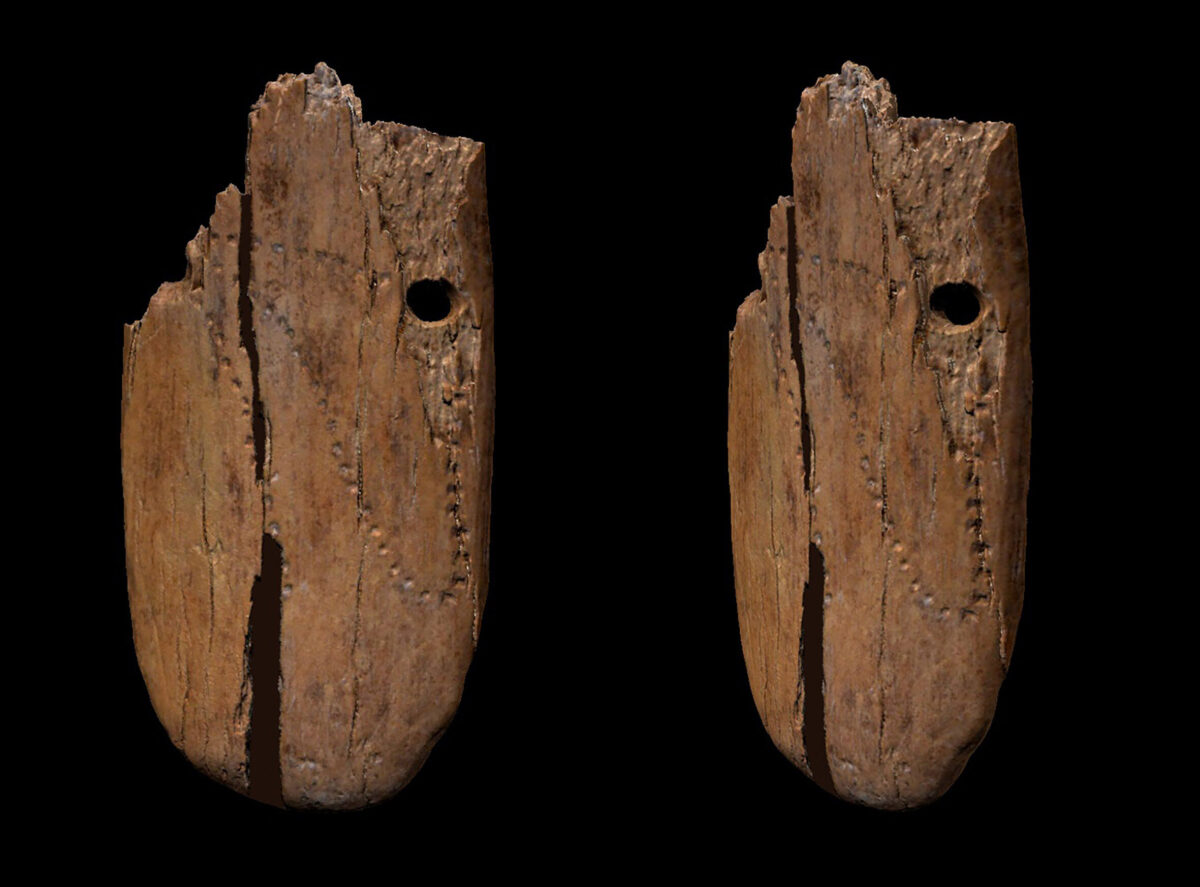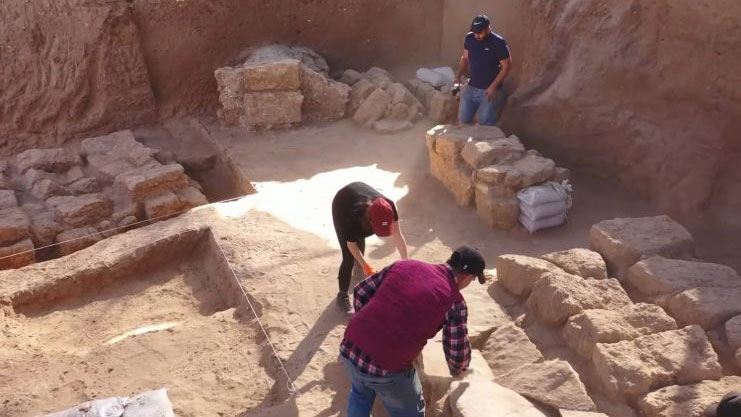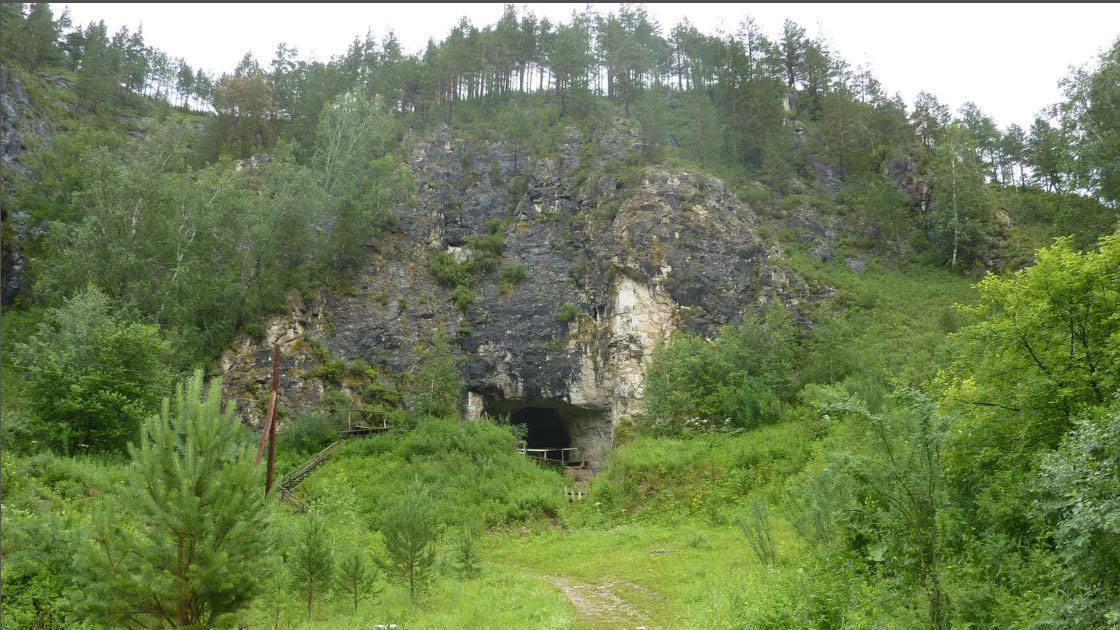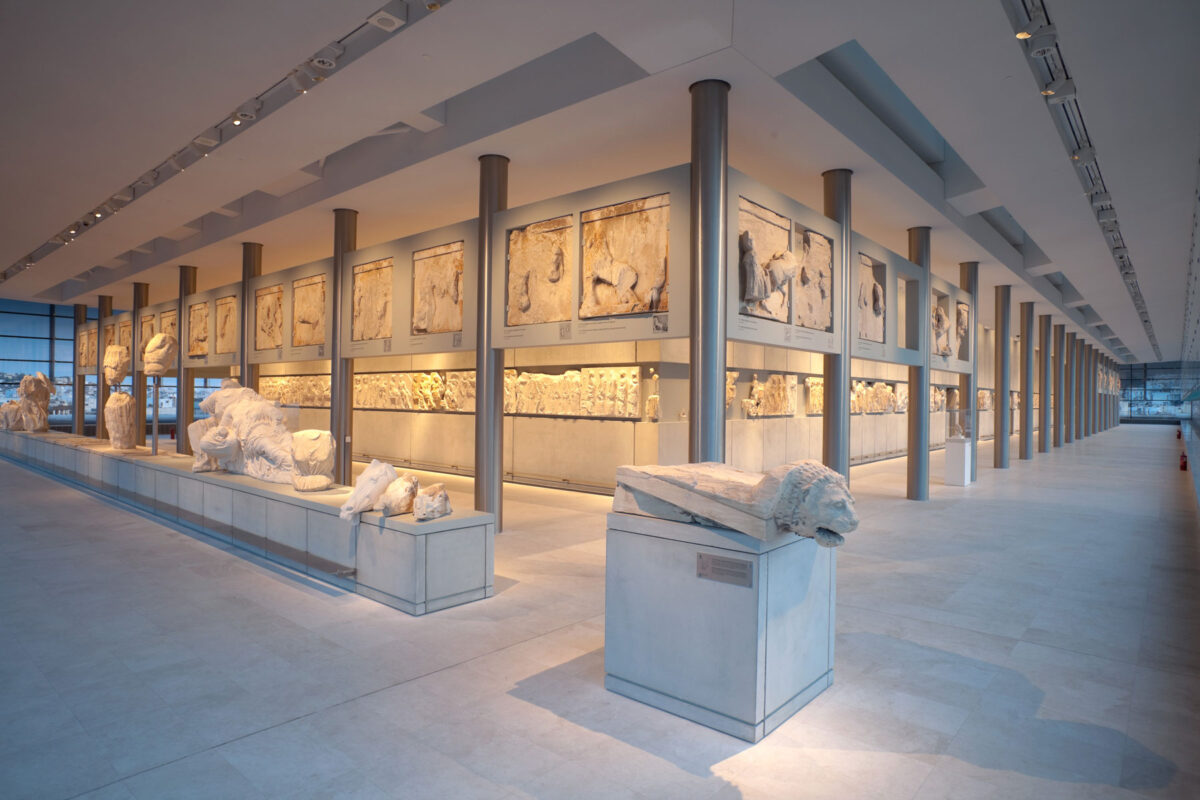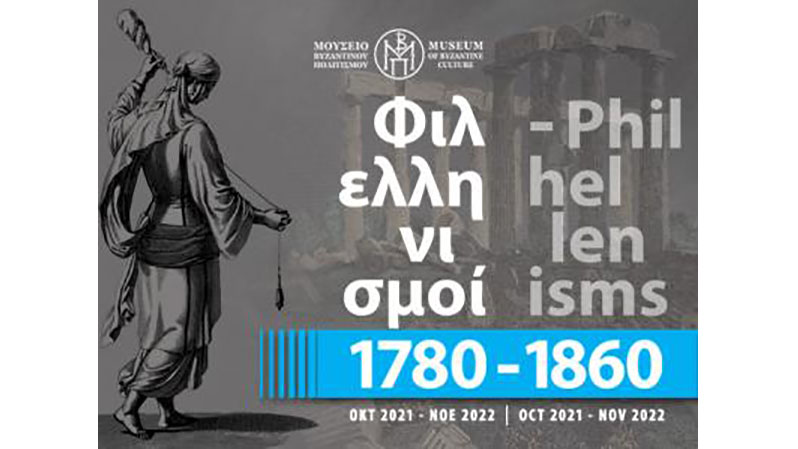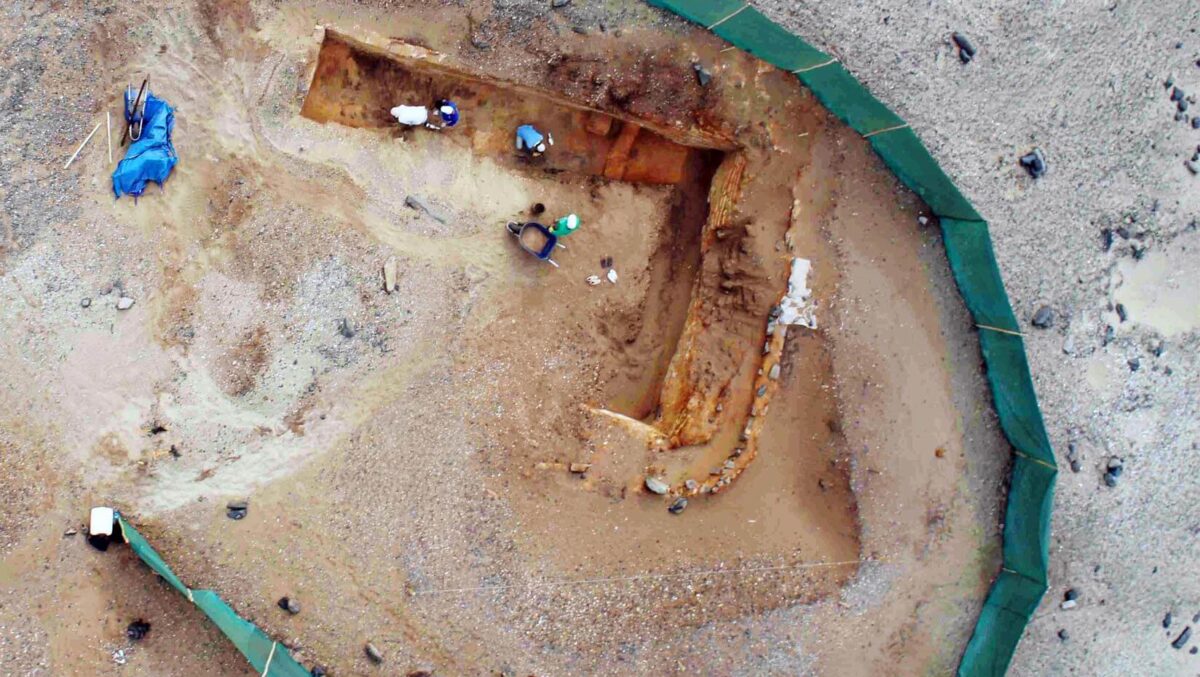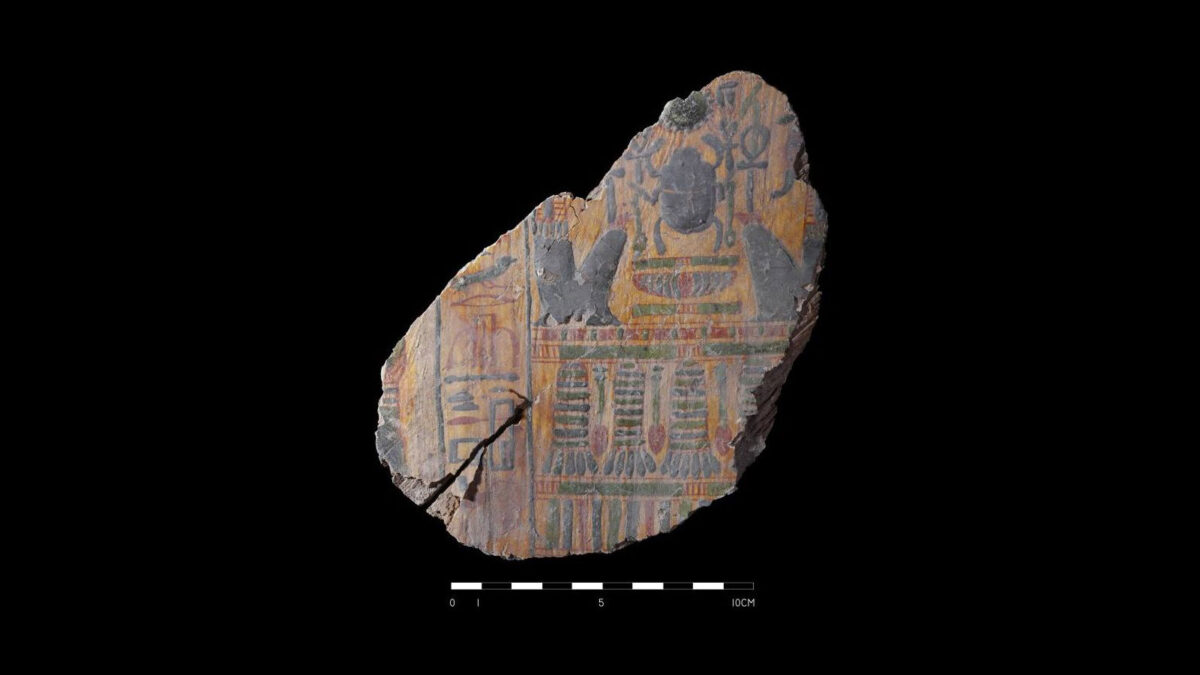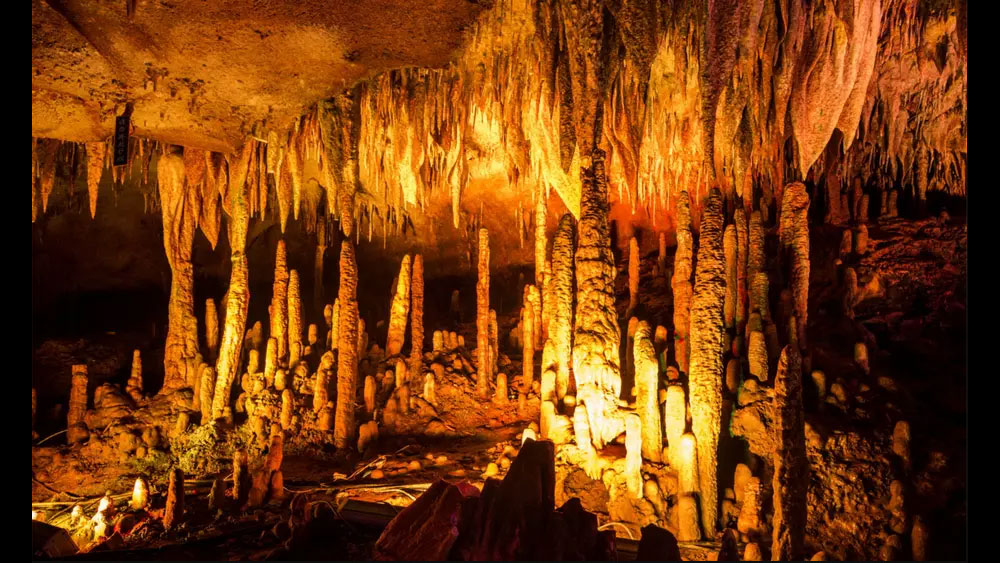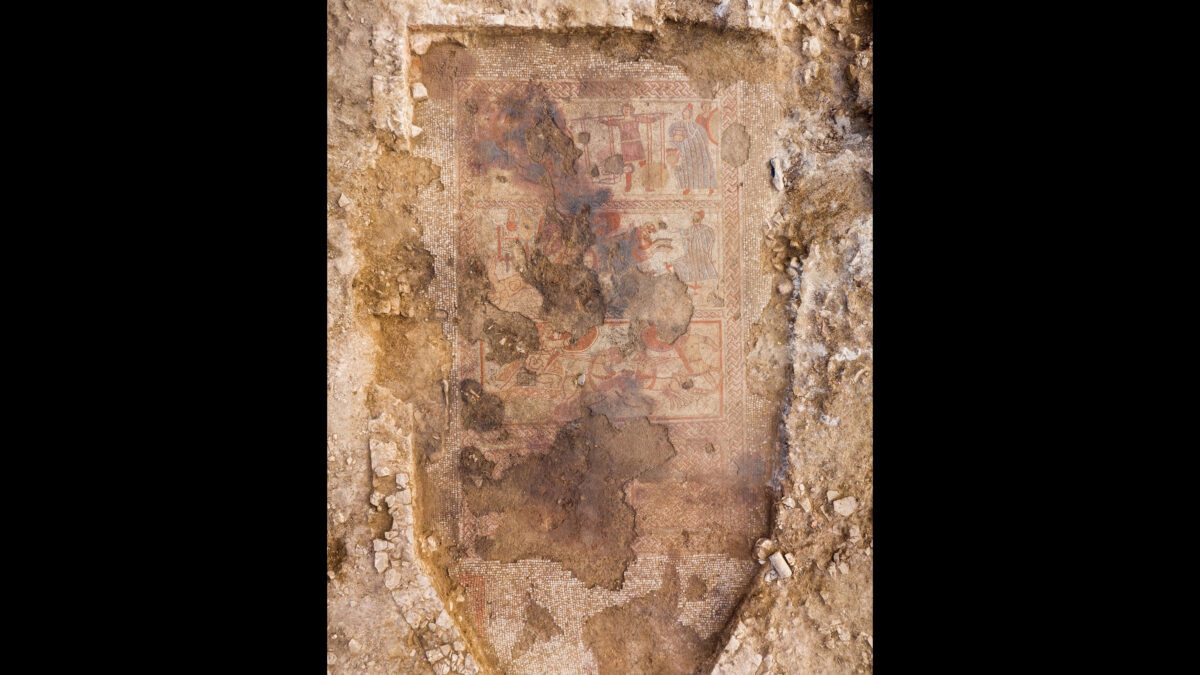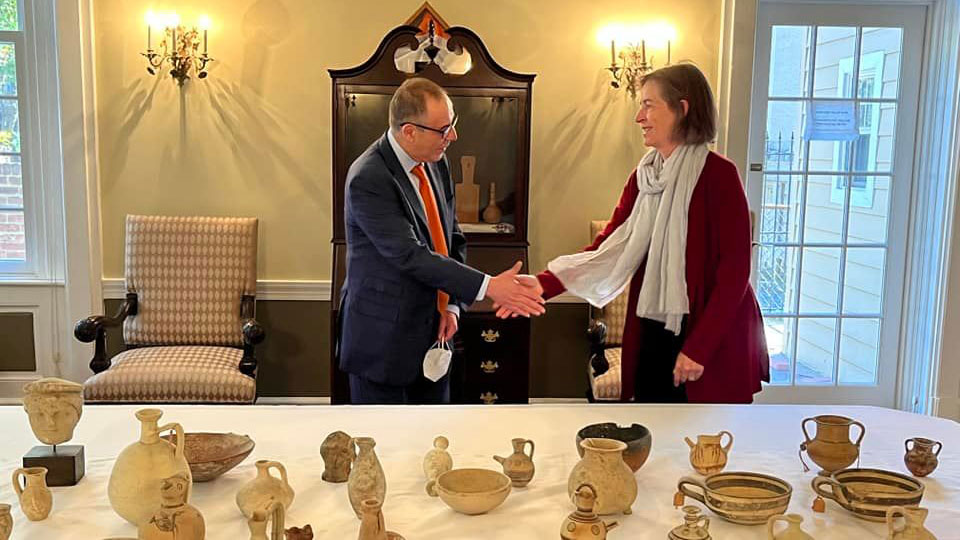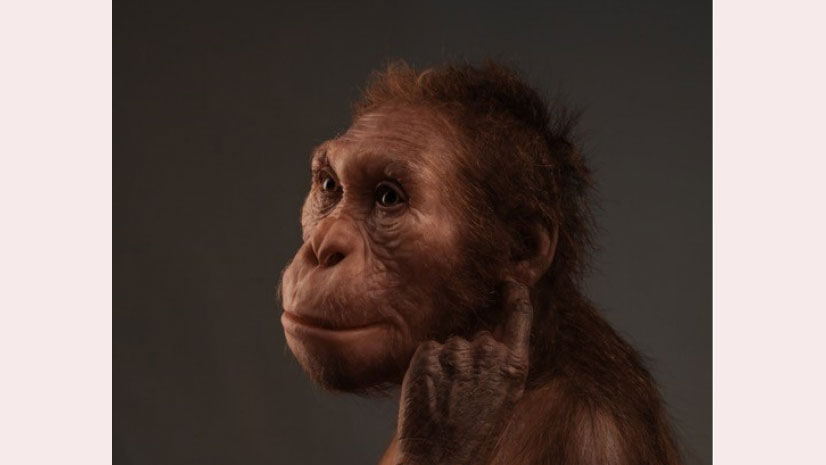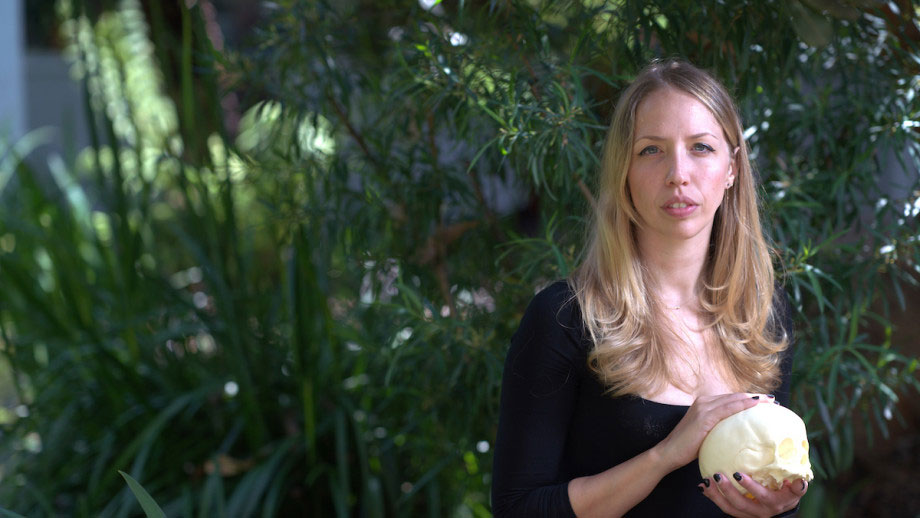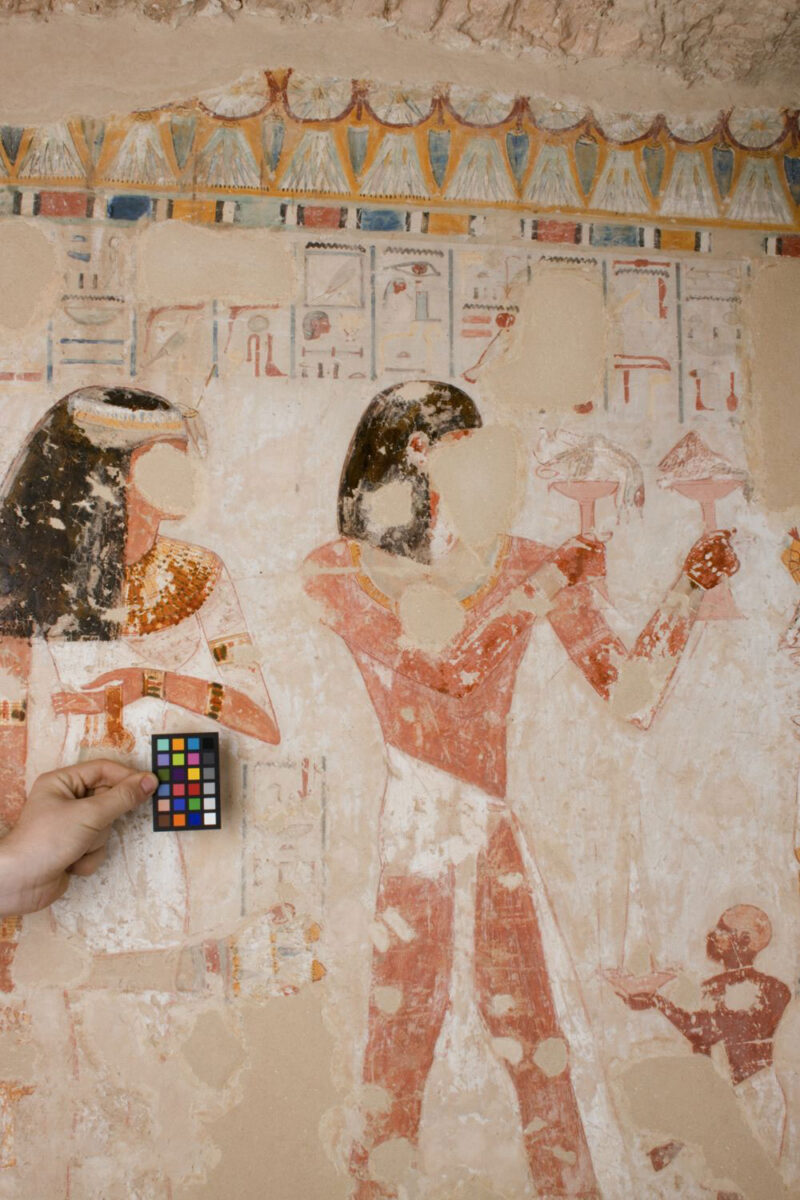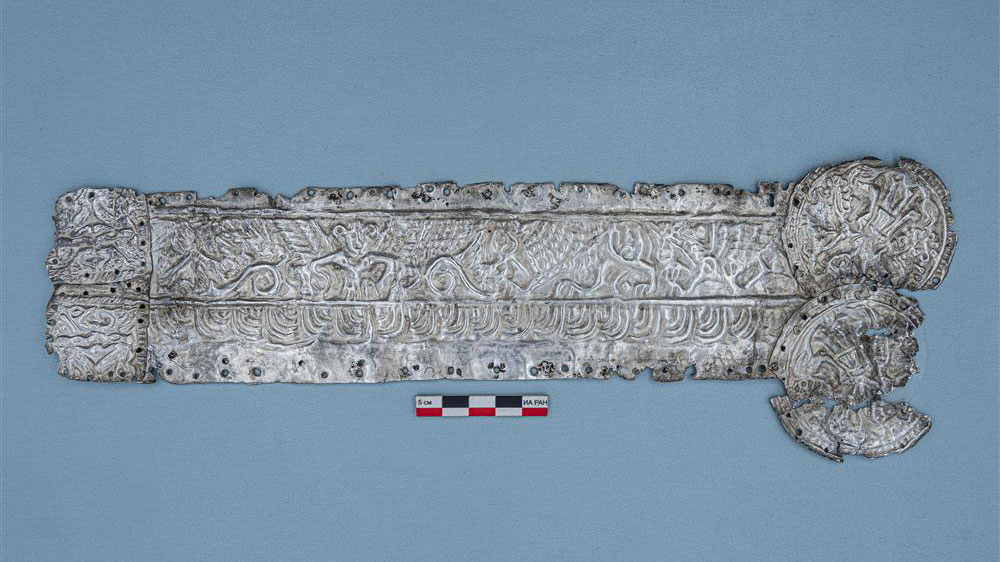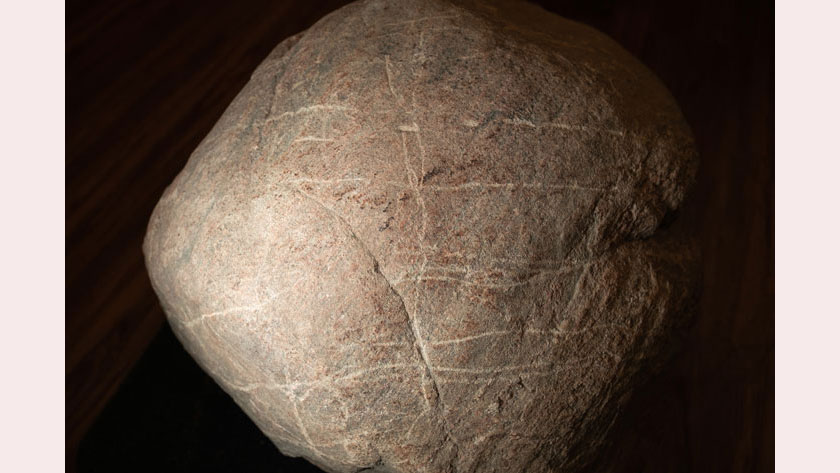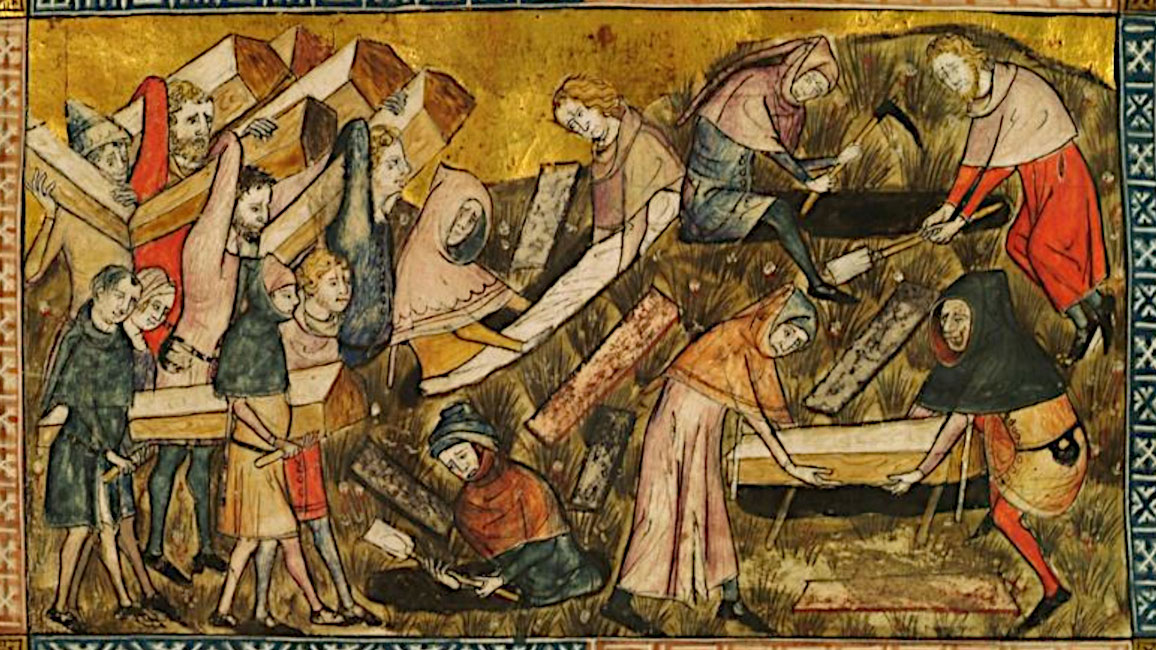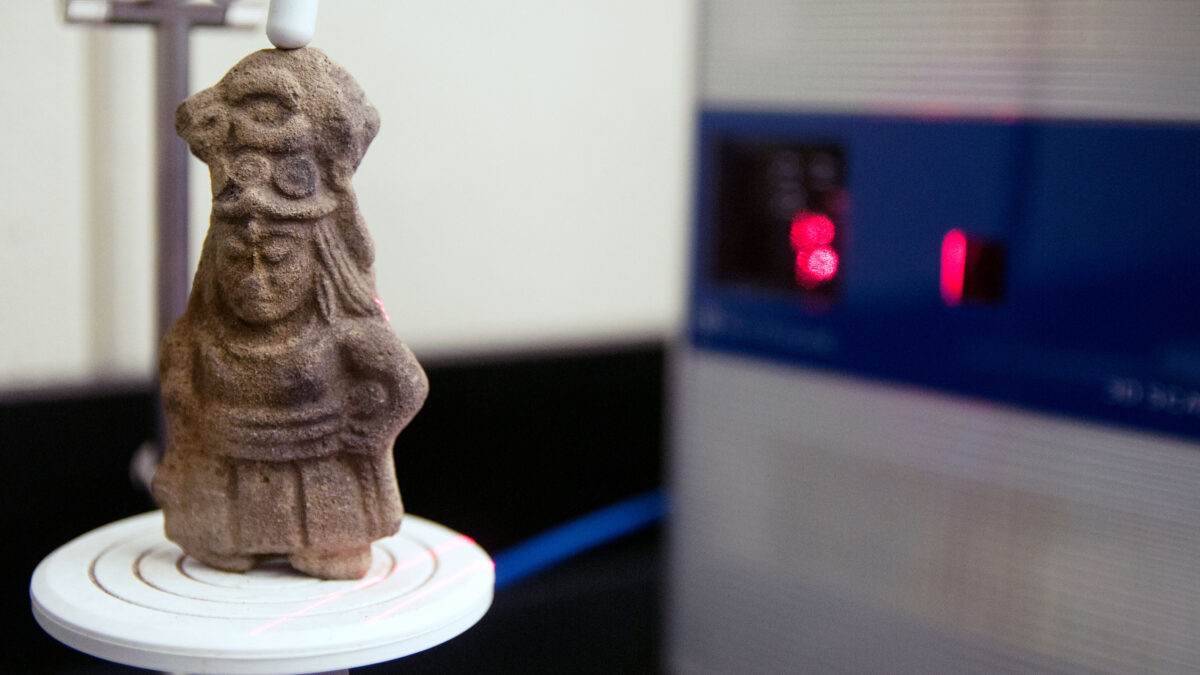The Carabinieri seized 11,000 looted artefacts
Figurines, oil lamps, loom weights, oscilla, tesserae, bronze and ceramic finds from various periods were found in two separate houses in Syracuse and Caronia, in the province of Messina.
New light on Patagonian long-necked dinosaur
Paleontologists examined the remains of the long-necked dinosaur Patagosaurus fariasi (175 million years) from Argentina as part of a new description.
Footprints from Laetoli, Tanzania, are from early humans, not bears
Findings provide conclusive evidence that multiple species of hominins co-existed on the landscape.
Jewellery from the time of Nefertiti found in Bronze Age tombs in Cyprus
Archaeologists from the University of Gothenburg have concluded an excavation of two tombs in the Bronze Age city of Hala Sultan Tekke in Cyprus.
The most ancient decorative pendant in Europe made of mammoth ivory
It was probably worn around the neck and comes to shed more light on when humans started wearing "jewelry".
Building from the time of the exiled Sanhedrin discovered in Yavne
Israel Antiquities Authority excavations being carried out on a massive scale in Yavne have uncovered the first evidence there of a building from the Sanhedrin.
Molecular analysis reveals the oldest Denisovan fossils yet
An international team has identified five new human fossils from the key site of Denisova Cave in southern Siberia.
Fragment of the Parthenon frieze has been returned from Italy
A fragment of stone VI from the eastern frieze of the Parthenon (N.I. 1546), currently in the Museo Archeologico Antonino Salinas in Palermo.
Hellenistic sanctuary came to light in Kato Polydendri
The architectural remains of a monumental building were brought to light in an excavation by the Ephorate of Antiquities of Larissa at the "Skiathas" site.
Philhellenisms, 1780-1860 at the Museum of Byzantine Culture
The Museum of Byzantine Culture inaugurates the exhibition Philhellenisms, 1780-1860, today at the “Kyriakos Krokos” exhibition hall.
Oldest adobe architecture in the Americas unearthed in northern Peru
It is constructed with ancient mud bricks carved from natural clay deposits created by floods caused by El Nino.
New discoveries in a subterranean tomb at Hatshepsut’s temple
Figures showing deities and donors, and vessels with a breast motif are some of the several hundred items found by Polish archaeologists.
Collapse of ancient Liangzhu culture caused by climate change
Massive flooding triggered by anomalously intense monsoon rains caused a sudden collapse, as a team with geologist Christoph Spötl shows in Science Advances.
Extraordinary Roman mosaic and villa discovered
The remains of the mosaic measure 11m by almost 7m and depict part of the story of the Greek hero Achilles.
Handing over of 38 antiquities at the Embassy of the Republic of Cyprus
On the 11th November 2021, 38 antiquities belonging to various prehistoric and historic periods, were handed over by Mrs. K. Grayson Wilkins.
Australopithecus sediba, ‘walked like a human, but climbed like an ape’
An international team of scientists discovered a two-million-year-old fossil vertebrae from an extinct species of ancient human relative.
Prehistoric mums cared for kids better than we thought
Death rate of babies in ancient societies does not reflect poor healthcare, disease etc., but the number of babies born in that era.
Tomb of Menna and the Akhenaten Talatat Project Conservation material launched online
The launch has taken place through ARCE in partnership with UCLA Library and funding from the U.S Department of Education.
Winged Gods and walking griffons
A unique plate with a depiction of winged Scythian gods in surrounding of griffons found at the barrow cemetery Devitsa V.
Getty Museum acquires Caillebotte’s Young Man at His Window
Getty is successful bidder on 19th-century masterpiece of modern urban realism.
Ancient archaeological find in Wanuskewin Heritage Park
The find unlocks fascinating information about the Northern Plains Indigenous Peoples who gathered on the land for over 6,400 years.
Justinianic plague was nothing like flu
‘Plague sceptics’ are wrong to underestimate the devastating impact that bubonic plague had in the 6th– 8th centuries CE, argues a new study based on ancient texts and recent genetic discoveries.
Walls of buildings in Athens to become works of art
"The goal is for the city to be filled with beautiful colours and to be an outdoor exhibition of murals" announced the Municipality of Athens in a press release.
Archaeologists discover salt workers’ residences at underwater Maya site
New findings on the organization of the salt industry to supply basic dietary commodity to inland cities during the Classic Maya civilization.
